Artist Analysis: Anthony Gerace
Anthony Gerace is a british artist and a photograph and usually takes photos on discarded items. He also works on typography and draws portraits using repetitive shape of squares as it create mosaics. Most importantly, he focuses on subjects that can cause huge environmental harm and wants the audience to react surprised by the photos. His way of using unique background while taking significant size of the subjects can create his special technique and his own trade mark. Oftenly, he takes photographs from a bright setting , where there are sands and deserts on the background. The color of the background gives the impression of the desolate and the wild situation the human population are at. One thing that I liked from Anthony Gerace’s work was that he does not try to make out the settings we want but he waits until the right timing comes to press the shutter and tries to take photos that were naturally settled. Although I might not create his background, I want to slightly change my vision to show the aspects of neglect to the environment where the audience lives. Similar to the last set but different from Anthony Gerace’s, I won’t limit myself to one specific background, because my point is to tell how much those discarded items can harm the environment.
How does the Photograph from Anthony Gerace inspires me and the visual, technical, and conceptual techniques
First, photos of Anthony Gerace that inspires me to follow his vision:
Visual: When you take a look at Anthony Gerace’s photographs, we can visually notice that the subjects are comparatively larger than the ones of Eian Kantor’s work, and the color and the shapes can somewhat create abstract beauty in the photographs. The background, that I have mentioned earlier is somewhat natural and makes the audience to focus on the discarded items carefully.
Technical: The shutter speed and the focus seems just center focused and seems to be normal when taking normal photos one a subject. Background is rather clear than blurred and the exposure and the shutter speed could be low as these photographs does not capture photos of movements and only non-moving objects.
Conceptual:
As stated above, Anthony Gerace’s work is interesting to me as he uses similar background and attracts the audience. For me, I would try to take the photos inside the background of a school to address what discarded objects that can affect the environment severely. That way, I might point out my unique background.
Critique of Set 2 Image
Yellow Selection:
Green Selection:
Red Selection:
All photos to Yellow Selection:
When I had to select the images from all of my photographs, I tried to pick the photos that showed the harmful environmental effects that discarded items can give. That way, I chose many discarded objects that had subjects of general garbage such as plastic and paper waste. While I picked the images I could conclude that when there was many discarded objects it brought up the massive environmental impact and even created some abstract beauty. For example, if you take a look at photo number 34, we can notice that the number of batteries can give a pattern of repeated subjects that were taken as subjects. It thus gives the audience impression of fear of how many discarded objects are in the school. However, when you take a look at Photo Number 59, there is only a plastic bottle on the cafeteria which does not seem to have a significant impact on the audience.
Yellow Selection to green selection:
After I chosen handful of photographs into my yellow selection and thought what would fit my vision to be in the green selection. I then decided to pick photos that contained the subject of common discarded objects. In normal abstract photography, I would chosen photos that took account of unique subjects that impress the audience. However, I wanted to present all of my photos that combined Set 1 and 2 to create a shape of a trash bin out of photos using Affinity designer. Although I would use the majority of my photographs, I wanted to center the common discarded objects and chose photographs with discarded objects that all people would encounter those on their daily life.
Green selection to Red Selection
For the last part of choosing my best three photographs, I looked at the aesthetical techniques and beauty that were used in the photograph. As I mentioned earlier, I am planning to present my work with all of my photographs, but the three photographs were the best photos took out of me. First photograph contains the subject of paper objects that were discarded. We could notice a lot of colors of different paper and the shape of the whole bunch is little crumbled. That way, I thought the this photo suited my vision perfectly. For my second photo, it is an image that contains massive amount of batteries in a plastic container. Repetitive object abstractly creates beauty and also gives an impression of harmful effects when batteries rot. The last photo is about two plastic candy wrappers on a table. This was chosen as a red photograph because those wrappers are one of the most common discarded object for students. Additionally, plastic is the most harmful element to the environment as it releases chemicals and takes over 2000 years to rot.
Red photos for better quality
Presenting my photographs in Set 1 and Set 2:
After taking all of my photographs of Set 1 and 2, I decided to present my photography into a one list of a paper that could fit in all of the discarded objects. That way, I did not only use my six red photographs but also the photos that were not even in the yellow selection to make a impression of how much discarded objects are in ISB.
This is the outcome of my work using Affinity Publisher:
If you take a look at the screen shot above, the size of each photos are different to give abstract beauty into my work. I originally planned to fit all of my photographs in a shape of a square but I thought changing the size could highlight the different discarded objects that is in the school.
The width of the paper will be 16.4 inches and the height of it will be 31.5 inches.
(Set 3)
Although I could not take photos fro set 3 because I had to prepare for presenting my photos in set 1 and 2, but if I had the chance to work on my set 3 I would still focus on the topic of discarded objects but only focus on only one subject.
For example, I would focus on taking photograph of plastic bottles that were discarded around the school and point out how many plastic bottles are littered. I could have similar topic but have different angles so I could create abstract beauty.
I would have tried to have similar techniques with the work of Morgan Schultz.
Like the image below I could have make the background dark.























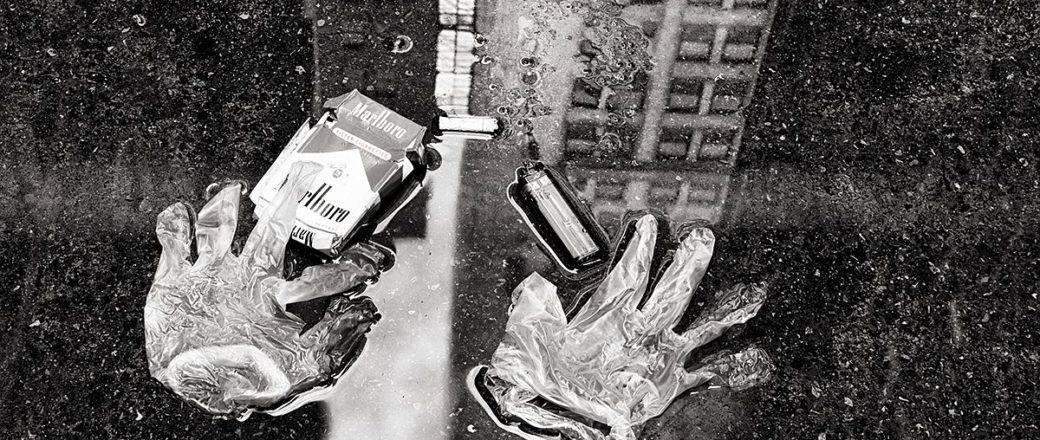
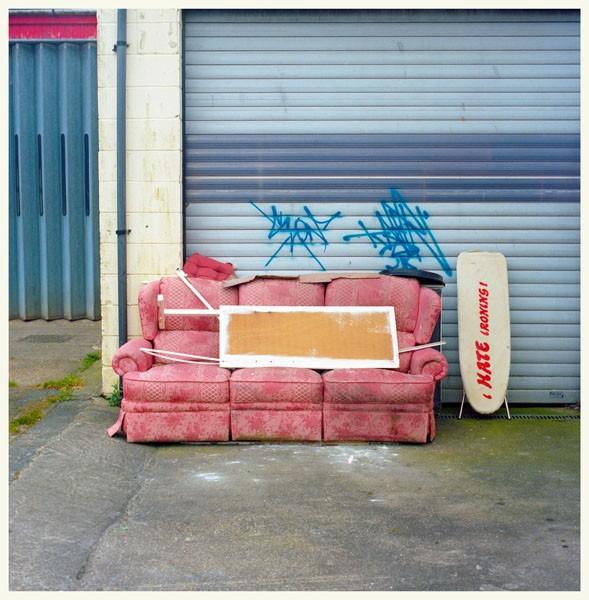
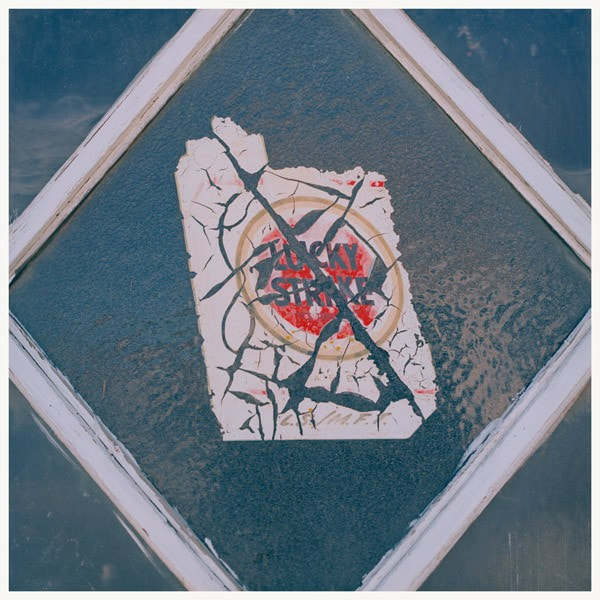
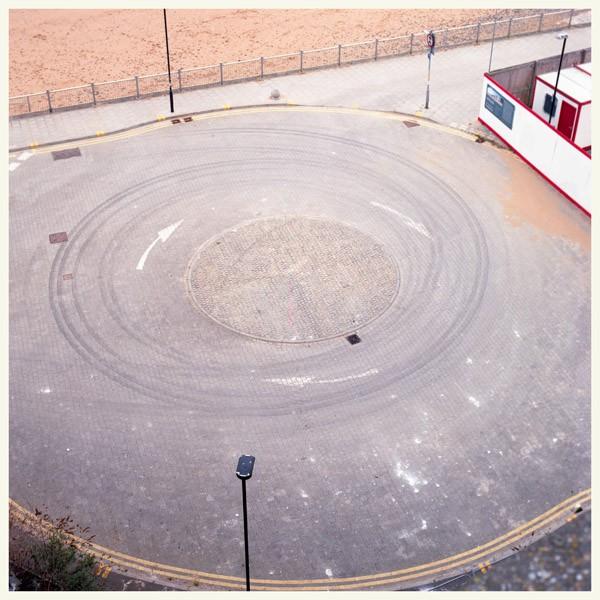
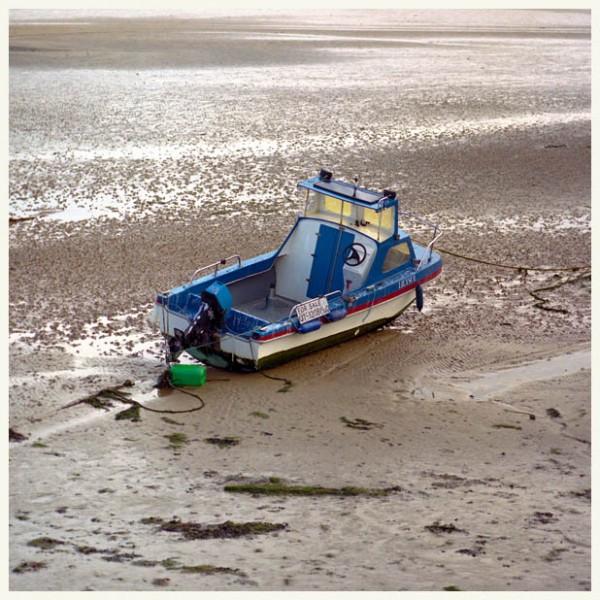
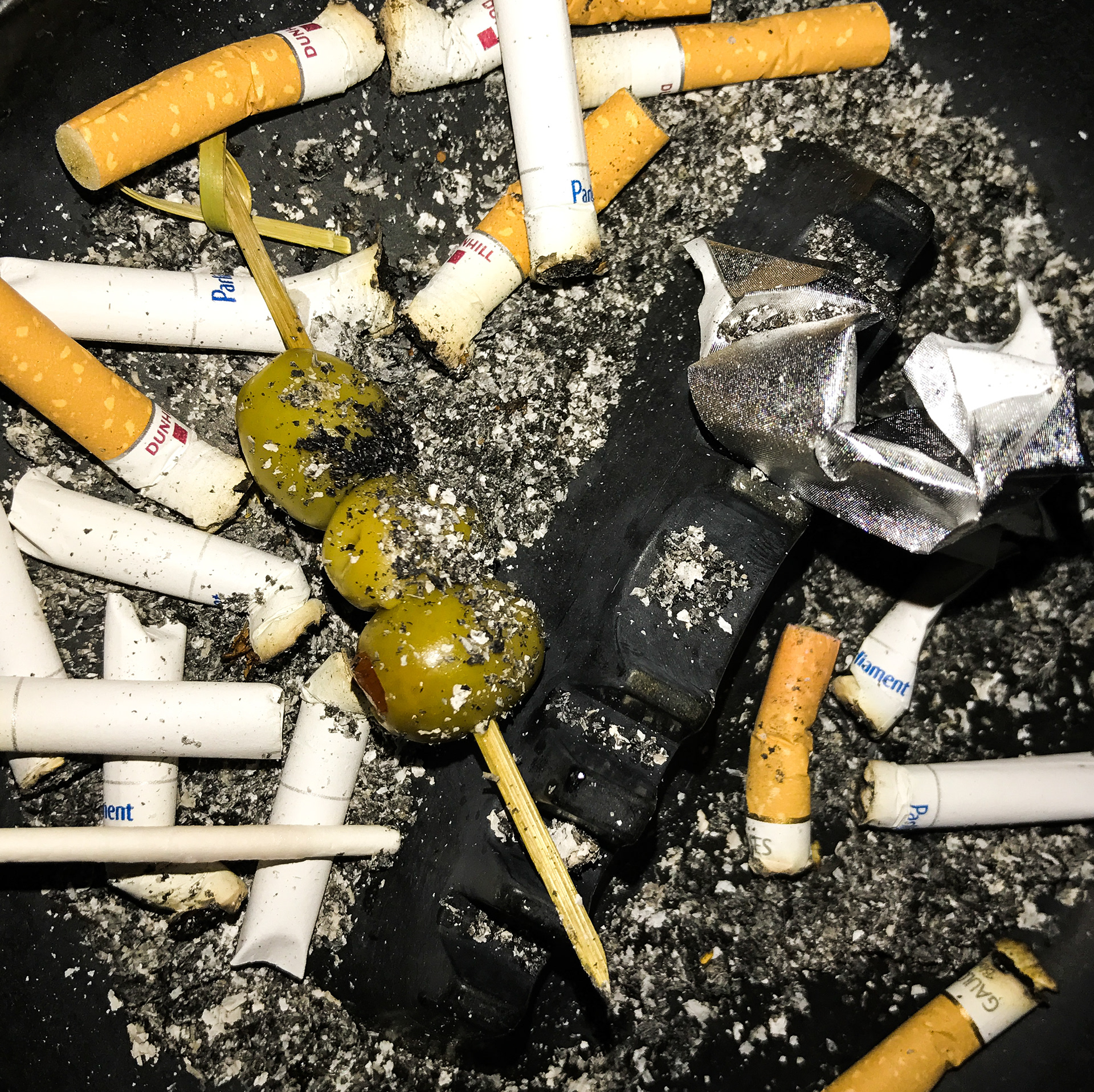
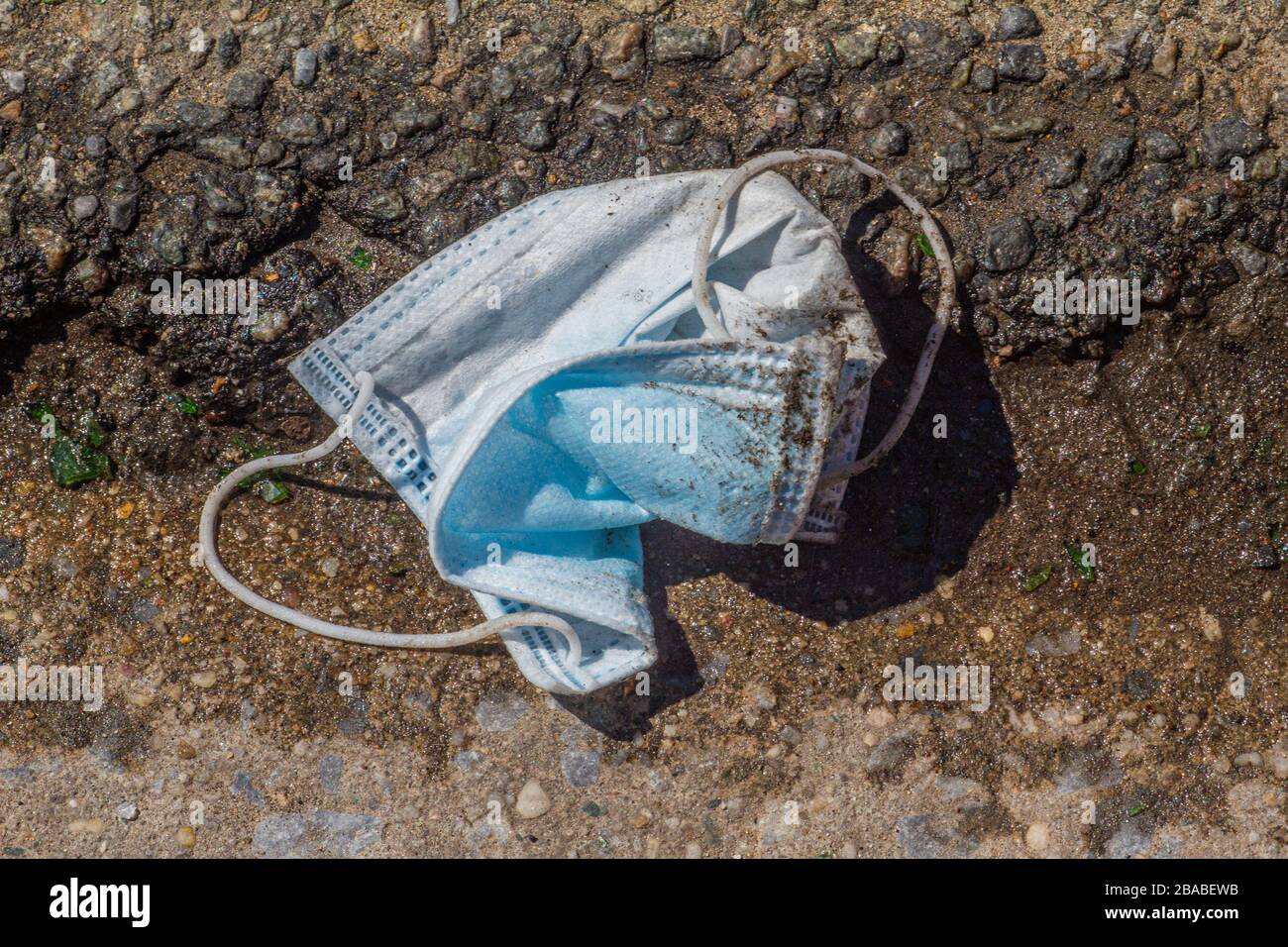





















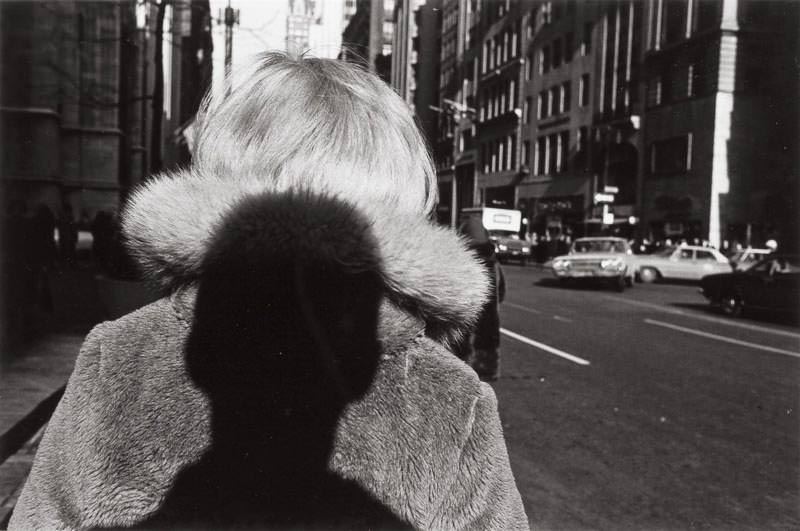









Recent Comments